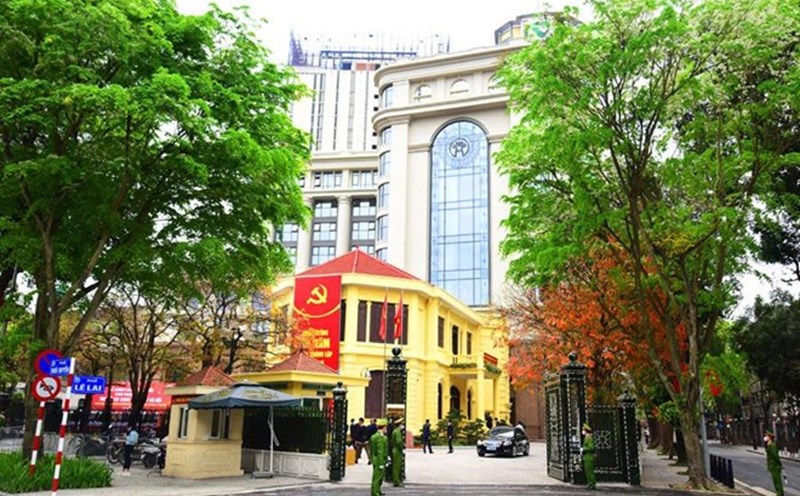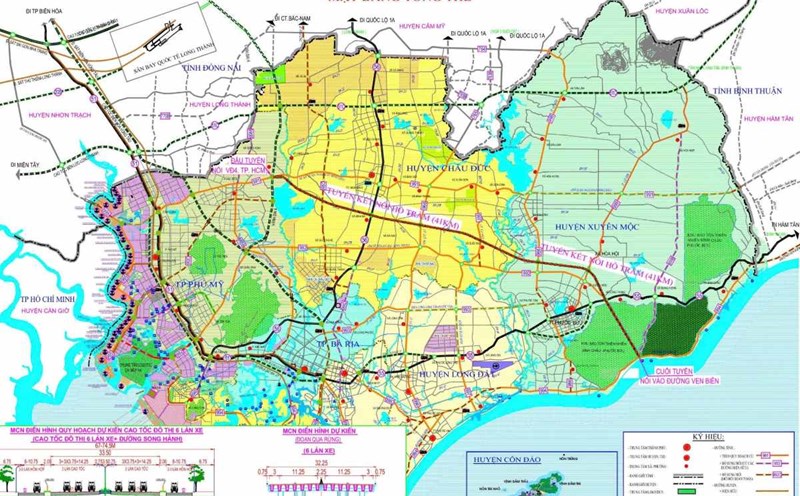The Ho Chi Minh City People's Committee has just sent an official dispatch to the Ho Chi Minh City Department of Transport (GTVT) on the implementation roadmap of the Project "Collecting fees for cars entering the city center".
Accordingly, the Ho Chi Minh City People's Committee approved the policy of the Ho Chi Minh City Department of Transport to study and implement this project, with the condition that the infrastructure and public transport system must meet the demand. The toll collection will be carried out in parallel with the construction and operation of urban railway lines No. 1, 2, 3, 4, 5, 6 and 7.
In a previous report sent to the Ho Chi Minh City People's Committee, the Department of Transport emphasized that the implementation of the car toll collection system must follow a roadmap that is consistent with the response capacity of infrastructure and public transport. At the same time, the Department of Transport proposed to only implement toll collection after urban railway lines No. 1 to No. 7 are completed and put into operation.
This roadmap is consistent with the orientation stated in the Project to adjust the General Planning of Ho Chi Minh City to 2040, with a vision to 2060, which has been submitted by the Ho Chi Minh City People's Committee to the Ministry of Construction for appraisal.
According to the Project for Developing the Urban Railway System of Ho Chi Minh City, by 2035, the city will complete the construction and operation of 7 metro lines with a total length of 355 km.
This system is expected to meet 40-50% of people's travel needs, serving as a basis for gradually reducing dependence on personal vehicles and promoting the application of traffic management measures such as charging fees for cars entering the center.
The project to collect fees for cars entering the center of Ho Chi Minh City is not a new idea. In 2010, Tien Phong Technology Joint Stock Company proposed a project with a total investment of about 1,200 billion VND, to build 36 automatic toll gates. However, this plan met with many opposing opinions from experts and the public, leading to the impossibility of implementation.
By 2020, the Ho Chi Minh City People's Council had passed a resolution on strengthening public passenger transport, controlling private vehicles and collecting fees for cars entering the city center in the period of 2021 - 2025. The city also plans to implement zoning for emission control and environmental pollution fees in the period of 2021 - 2030.
In 2021, Tien Phong Technology Joint Stock Company continued to propose a non-stop multi-lane toll collection system, surrounding Districts 1 and 3. The project is planned with a total investment of nearly 2,280 billion VND, implemented in the form of public-private partnership (PPP). However, the project has not been implemented yet due to the need for further guidance from the authorities.
In 2022, the Department of Transport proposed that the Ho Chi Minh City People's Committee assign the Department of Planning and Investment to guide businesses in setting up a project to collect fees for cars entering the center.
Ho Chi Minh City is managing nearly 9.5 million cars and motorbikes. If all of these vehicles were placed on the road, it would require twice the current road surface area.
The number of vehicles in Ho Chi Minh City increases by an average of 6.5% per year, while the road surface area increases by only 0.2%. In particular, the road surface area in the inner city of Ho Chi Minh City has not increased in the past 5 years.









